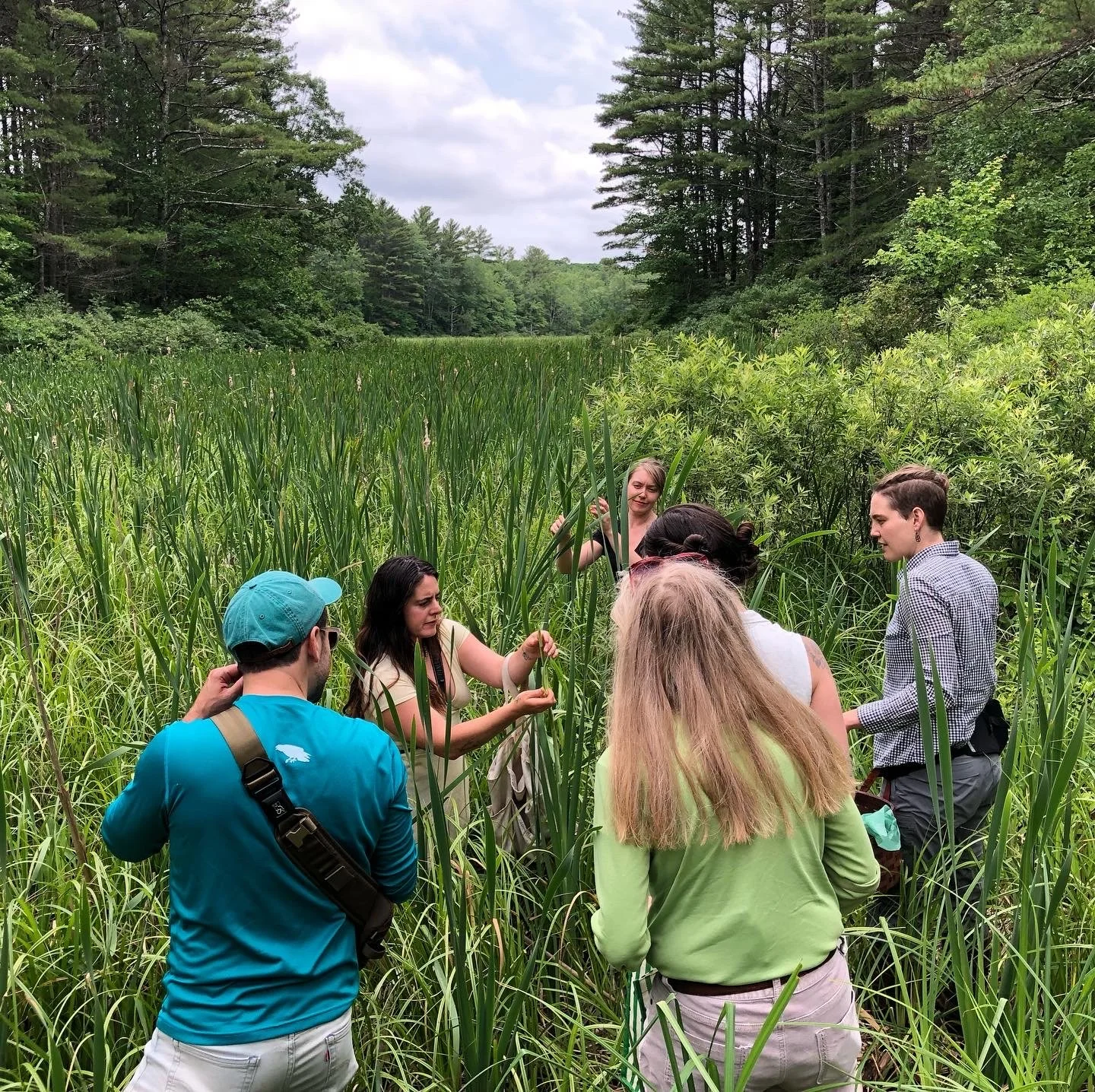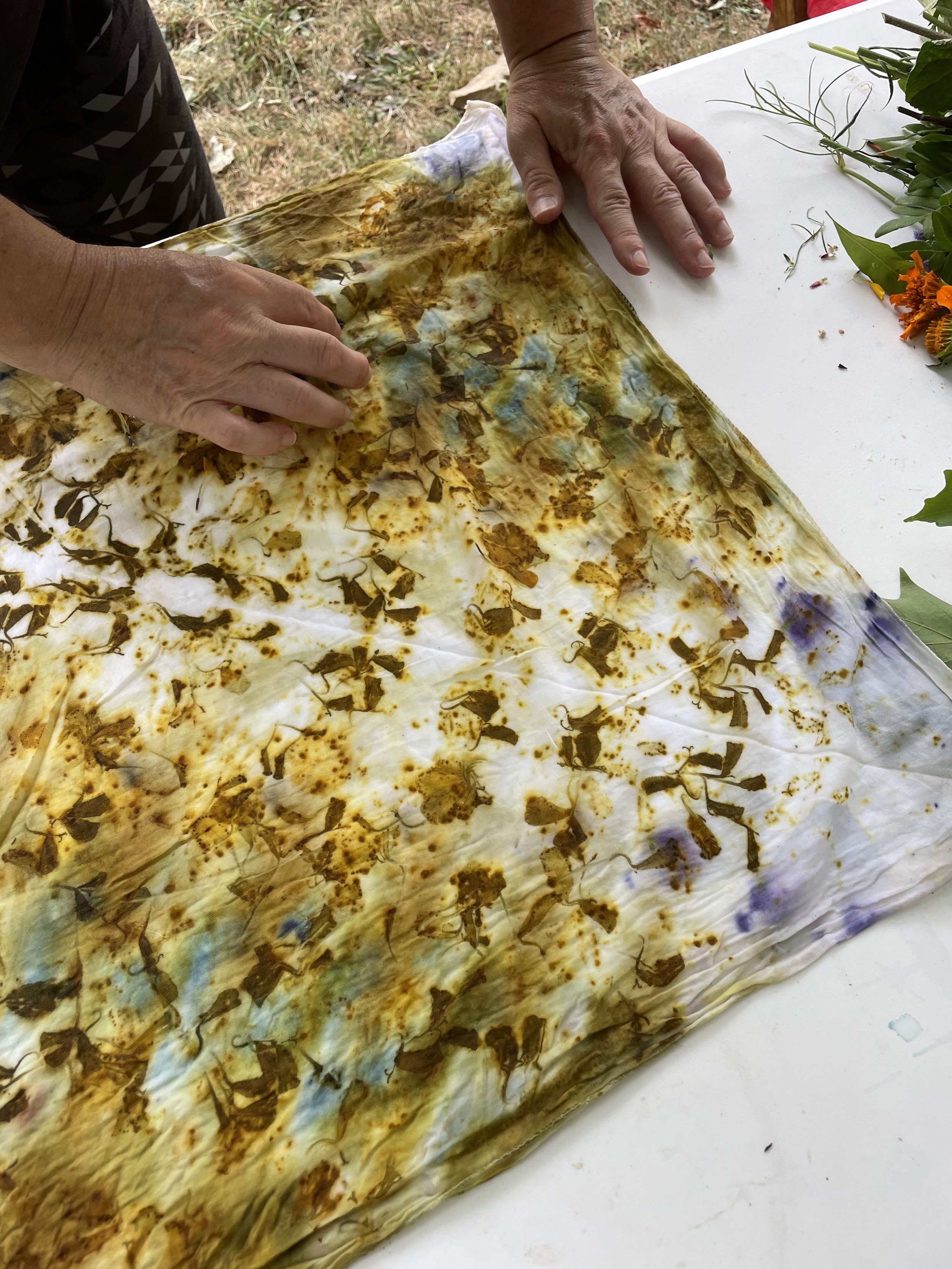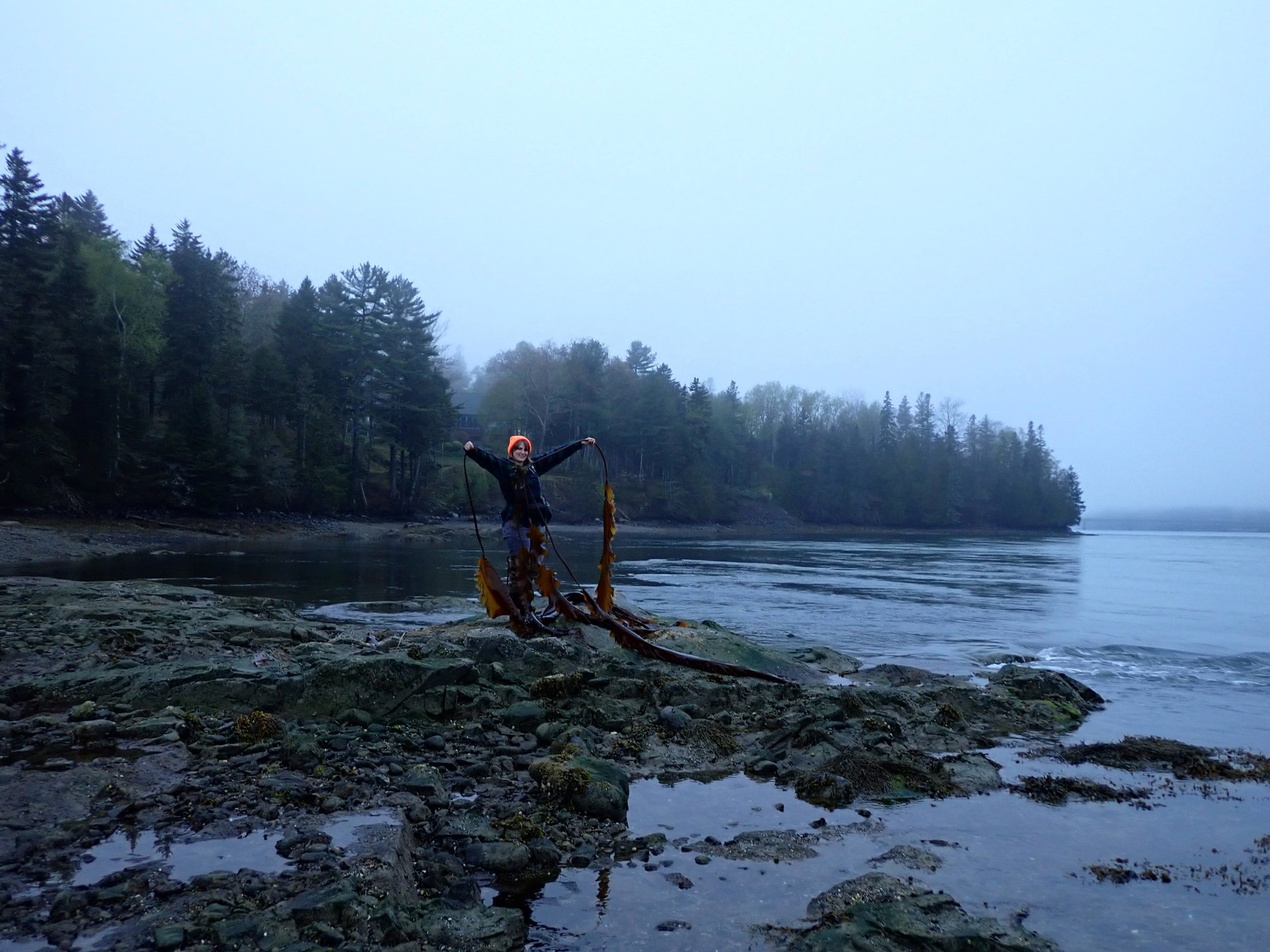Friday, February 2nd, is World Wetlands Day. According to the United Nations, wetlands are ecosystems where water is the primary factor controlling the environment and the associated plant and animal life. A broad definition of wetlands includes both freshwater and marine and coastal ecosystems such as all lakes and rivers, underground aquifers, swamps and marshes, wet grasslands, peatlands, oases, estuaries, deltas and tidal flats, mangroves and other coastal areas, and coral reefs.
These lands are critical to people and nature, given the intrinsic value of these ecosystems, and their benefits and services. Wetlands are among the ecosystems with the highest rates of decline, loss and degradation. Indicators of current negative trends in global biodiversity and ecosystem functions are projected to continue in response to direct and indirect drivers such as rapid human population growth, unsustainable production and consumption and associated technological development, as well as the adverse impacts of climate change. Wetlands are disappearing three times faster than forests and are Earth’s most threatened ecosystem.
While things are dire, they're not without hope. Often the best options are to make small, personal changes to lessen your impact on the environment, educate yourself, write to your local representatives, and find strength and resilience in time spent in the wetlands we still have the ability to enjoy and protect.
To learn more about wetlands, follow this link or visit The Naturalist's Notebook. All wetlands-related titles will be 25% off on World Wetlands Day, and we'll have coloring activities (for all ages, because you're never too old to color).



















































